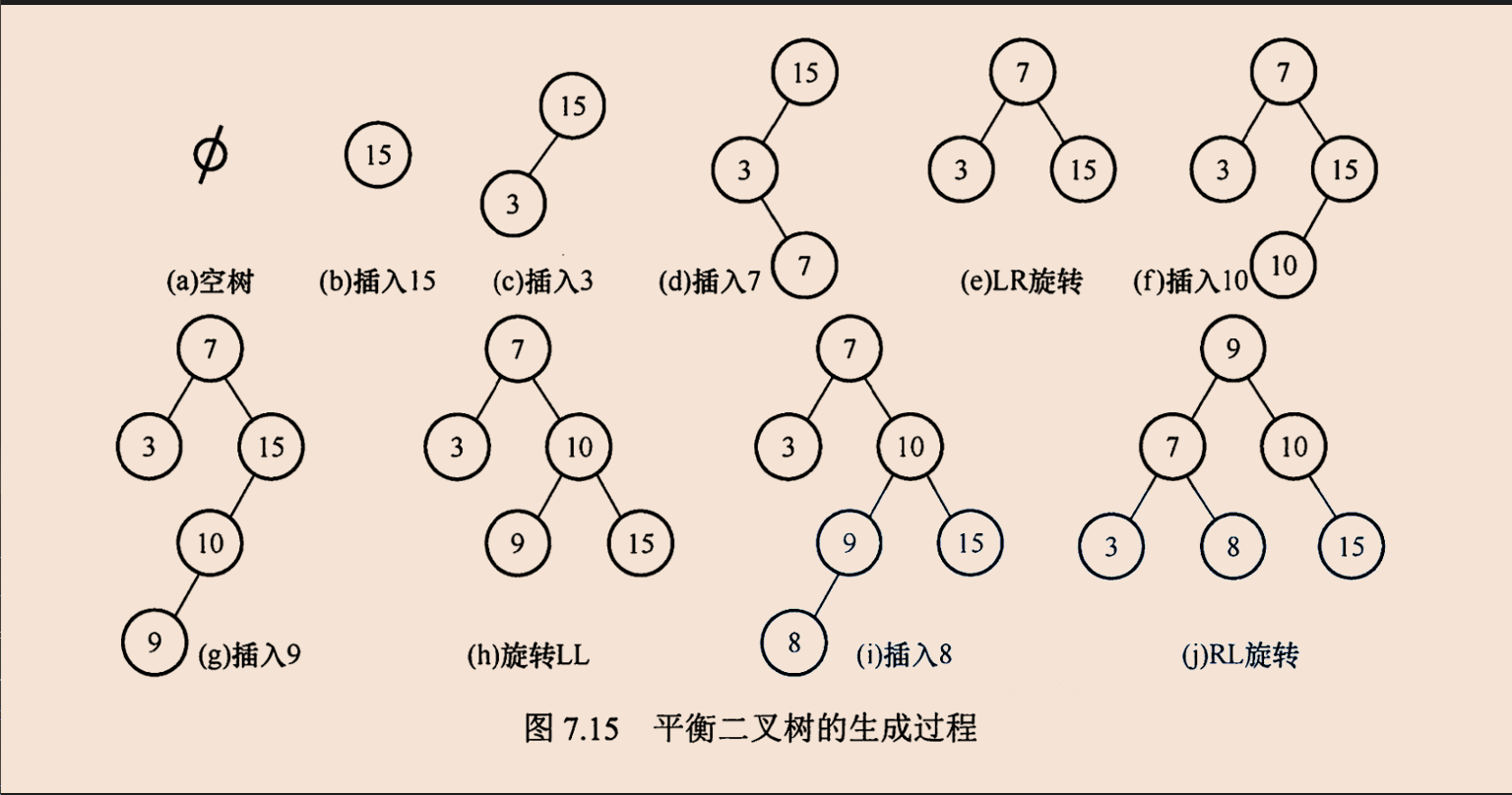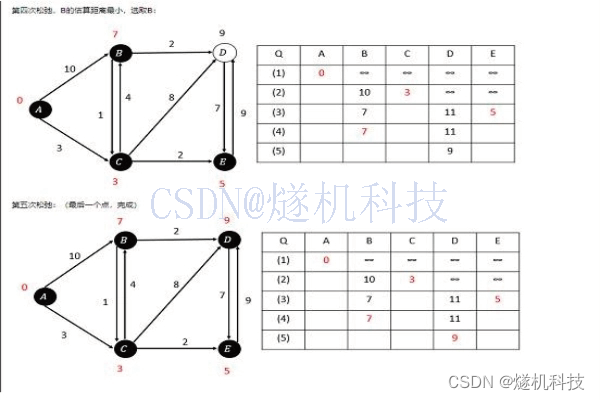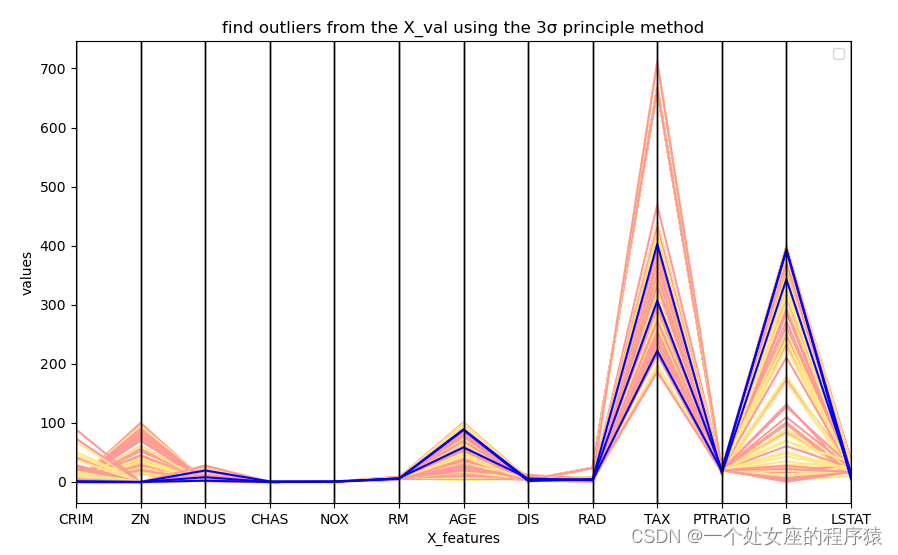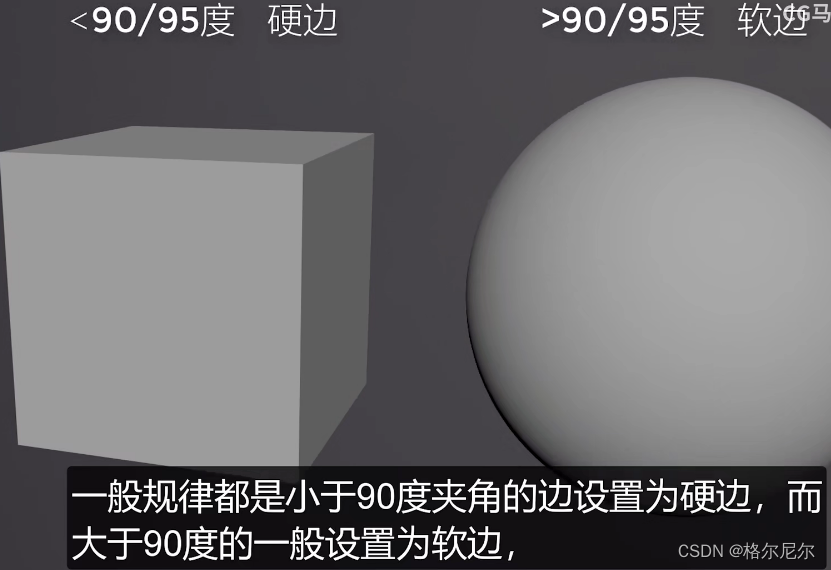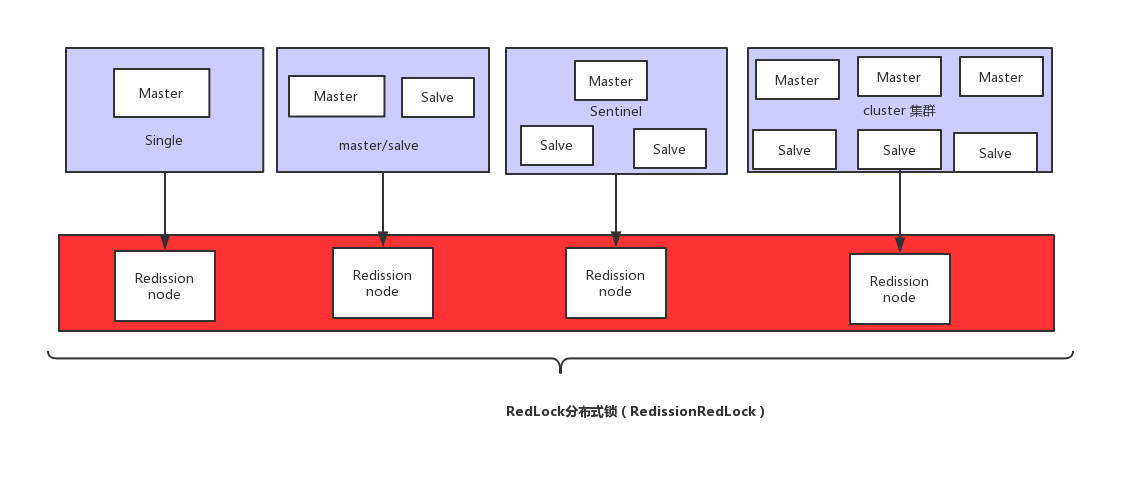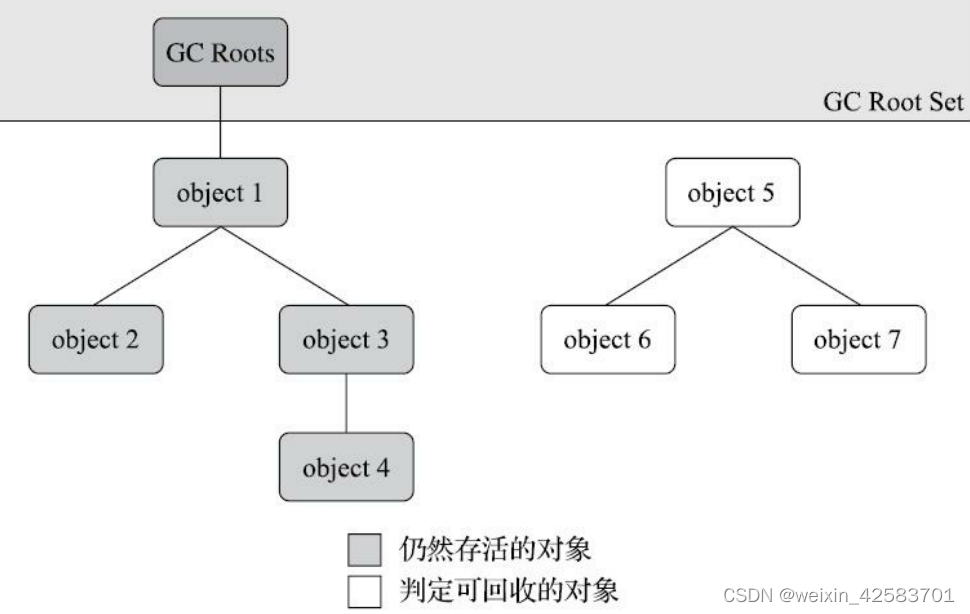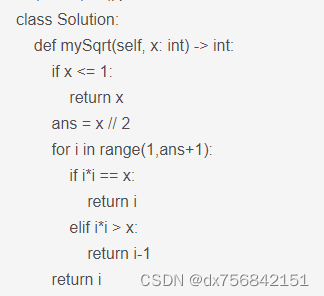Java集合(底层设计与实现)
集合体系
![[外链图片转存失败,源站可能有防盗链机制,建议将图片保存下来直接上传(img-kzN1e0JP-1683732720294)(D:\图片\typora\image-20230508212938739.png)]](https://img-blog.csdnimg.cn/23950d69f8c643f59cd33095fcfe2efa.png)
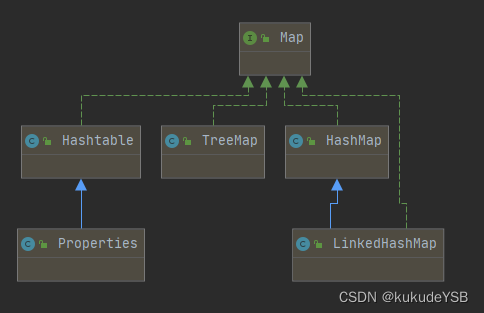
List接口
基本介绍
- 元素有序(即添加顺序和取出顺序一致)、且可重复
- 支持索引
- 有下标,下标对应元素在容器中的位置
ArrayList
基本介绍:底层由数组实现;在多线程环境下不建议使用,由于没有加synchronized线程不安全,建议使用Vector。
- 底层是维护一个Object类型的elementData数组
- 当创建ArrayList对象时,如果使用的是一个无参构造器,则初始elementData数组容量为0;第一次添加元素,数组容量扩充为10;如需再次扩容,则扩容elementData数组容量1.5倍
- 如果使用的是指定大小的构造器,则创建后的大小即为输入值,后续扩容是直接扩容1.5倍
核心代码:
/**
* Increases the capacity to ensure that it can hold at least the
* number of elements specified by the minimum capacity argument.
*
* @param minCapacity the desired minimum capacity
*/
private void grow(int minCapacity) {
// overflow-conscious code
int oldCapacity = elementData.length;
int newCapacity = oldCapacity + (oldCapacity >> 1);
if (newCapacity - minCapacity < 0)
newCapacity = minCapacity;
if (newCapacity - MAX_ARRAY_SIZE > 0)
newCapacity = hugeCapacity(minCapacity);
// minCapacity is usually close to size, so this is a win:
elementData = Arrays.copyOf(elementData, newCapacity);
}
private static int hugeCapacity(int minCapacity) {
if (minCapacity < 0) // overflow
throw new OutOfMemoryError();
return (minCapacity > MAX_ARRAY_SIZE) ?
Integer.MAX_VALUE :
MAX_ARRAY_SIZE;
}
Vector
基本介绍:底层由数组实现
- 底层是维护一个Object类型的elementData数组
- Vector是线程同步的,即线程安全,Vector类的操作方法带有synchronized
- 构建时,如果是无参,默认容量是10,之后扩容,就按2倍扩容
- 有参构建时,容量为输入的数,之后扩容,直接2倍扩容
核心代码:
/**
* The maximum size of array to allocate.
* Some VMs reserve some header words in an array.
* Attempts to allocate larger arrays may result in
* OutOfMemoryError: Requested array size exceeds VM limit
*/
private static final int MAX_ARRAY_SIZE = Integer.MAX_VALUE - 8;
private void grow(int minCapacity) {
// overflow-conscious code
int oldCapacity = elementData.length;
int newCapacity = oldCapacity + ((capacityIncrement > 0) ?
capacityIncrement : oldCapacity);
if (newCapacity - minCapacity < 0)
newCapacity = minCapacity;
if (newCapacity - MAX_ARRAY_SIZE > 0)
newCapacity = hugeCapacity(minCapacity);
elementData = Arrays.copyOf(elementData, newCapacity);
}
private static int hugeCapacity(int minCapacity) {
if (minCapacity < 0) // overflow
throw new OutOfMemoryError();
return (minCapacity > MAX_ARRAY_SIZE) ?
Integer.MAX_VALUE :
MAX_ARRAY_SIZE;
}
LinkedList
基本介绍:LinkedList底层实现了一个双向链表和双端队列;线程不安全,没有实现线程同步
- LinkedList底层维护一个双向链表
- LinkedList中维护了两个属性,first和last,分别指向首节点和尾节点
ArrayList与LinkedList的比较

如何选择:
- 查找操作多时,建议使用ArrayList
- 修改操作多时,建有使用LinkedList
Set接口
基本介绍
- 无序(添加顺序与取出顺序不一样),没有索引
- 不允许有重复元素,所以最多包含一个null
HashSet
- 底层为HashMap(HashMap的底层为 链表+数组+红黑树)
- add方法返回一个boolean类型的结果,添加成功ture,失败(重复添加)为false
面试题
- 同时添加两个
new String("123"),一个添加成功,一个失败
扩容机制
- 底层是HashMap
- 添加元素时,先得到hash值,然后传换成索引值
- 找到存储数据表table,看这个索引位置是否存在元素
- 如果没有则加入
- 如果有,调用equals比较,如果相同,就放弃添加,如果不同则添加到最后
- 如果一条链表的元素数到达默认值,并且table的大小大于等于默认值,就会发生树化(红黑树)
核心代码
/**
* Implements Map.put and related methods.
*
* @param hash hash for key
* @param key the key
* @param value the value to put
* @param onlyIfAbsent if true, don't change existing value
* @param evict if false, the table is in creation mode.
* @return previous value, or null if none
*/
final V putVal(int hash, K key, V value, boolean onlyIfAbsent,
boolean evict) {
Node<K,V>[] tab; Node<K,V> p; int n, i; //定义辅助变量
//table 就是 HashMap 的一个数组,类型是 Node[]
//如果当前 table 是 null,或者大小 = 0
//就扩容,到16个空间
if ((tab = table) == null || (n = tab.length) == 0)
n = (tab = resize()).length;
if ((p = tab[i = (n - 1) & hash]) == null)
tab[i] = newNode(hash, key, value, null);
else {
Node<K,V> e; K k;
if (p.hash == hash &&
((k = p.key) == key || (key != null && key.equals(k))))
e = p;
// 判断 p 是否是一棵红黑树
// 如果是一颗红黑树,就调用 putTreeVul, 来进行添加
else if (p instanceof TreeNode)
e = ((TreeNode<K,V>)p).putTreeVal(this, tab, hash, key, value);
// 如果table对应索引位置,已经是一个链表,就使用for循环比较
// (1)依次和该链表的每一个节点上的元素比较,都不相同,则加入到该链表的最后
// 注意,在将元素添加到链表后,立即判断 该链表是否已经达到8个结点,达到
// 则调用 treeifyBin() 对当前这个链表进行树化(红黑树)。
// 注意,转换成红黑树以后,还要进行判断,当table表与链表的大小达到64时,
// 才会树化,其余先将table进行扩容
// (2)依次和该链表的每一个节点上的元素比较,如果有相同情况,就直接break
else {
for (int binCount = 0; ; ++binCount) {
if ((e = p.next) == null) {
p.next = newNode(hash, key, value, null);
if (binCount >= TREEIFY_THRESHOLD - 1) // -1 for 1st
treeifyBin(tab, hash);
break;
}
if (e.hash == hash &&
((k = e.key) == key || (key != null && key.equals(k))))
break;
p = e;
}
}
if (e != null) { // existing mapping for key
V oldValue = e.value;
if (!onlyIfAbsent || oldValue == null)
e.value = value;
afterNodeAccess(e);
return oldValue;
}
}
++modCount;
if (++size > threshold)
resize();
afterNodeInsertion(evict);
return null;
}


